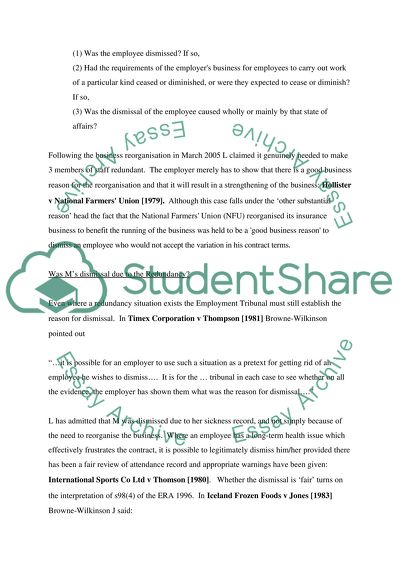Cite this document
(Employment Law in the UK Case Study Example | Topics and Well Written Essays - 3500 words, n.d.)
Employment Law in the UK Case Study Example | Topics and Well Written Essays - 3500 words. https://studentshare.org/law/1507302-employment-law-uk
Employment Law in the UK Case Study Example | Topics and Well Written Essays - 3500 words. https://studentshare.org/law/1507302-employment-law-uk
(Employment Law in the UK Case Study Example | Topics and Well Written Essays - 3500 Words)
Employment Law in the UK Case Study Example | Topics and Well Written Essays - 3500 Words. https://studentshare.org/law/1507302-employment-law-uk.
Employment Law in the UK Case Study Example | Topics and Well Written Essays - 3500 Words. https://studentshare.org/law/1507302-employment-law-uk.
“Employment Law in the UK Case Study Example | Topics and Well Written Essays - 3500 Words”. https://studentshare.org/law/1507302-employment-law-uk.


